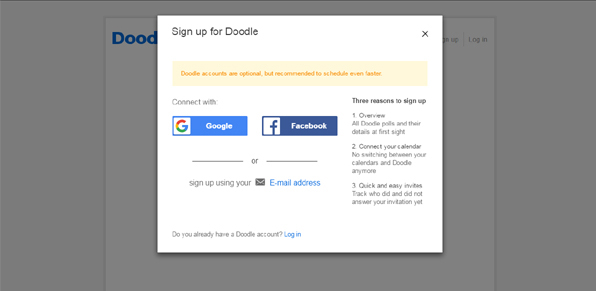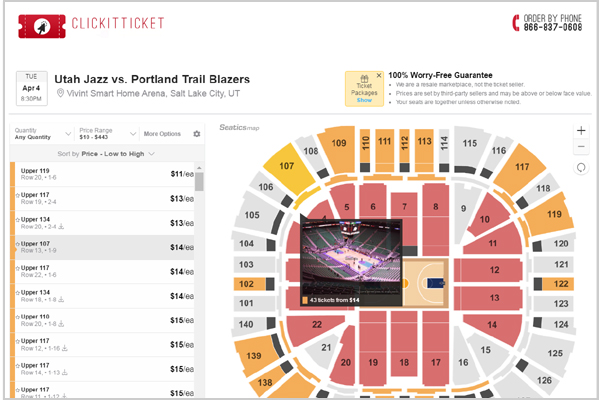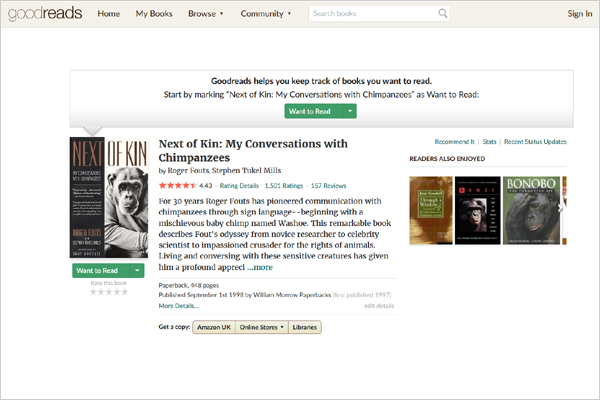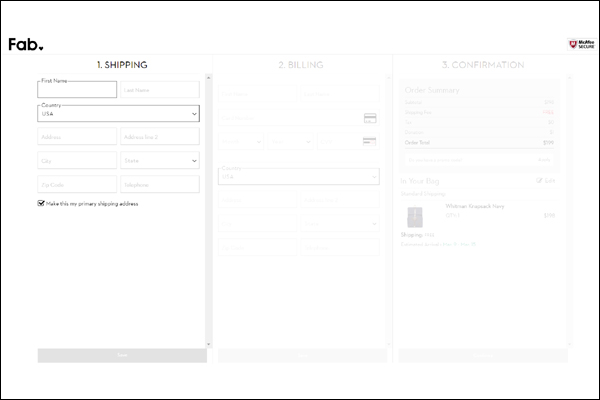
Have you ever looked at a website from the early 2000’s? You get the same feeling when you stumble on old photos of family members in the 70’s. You can’t believe that was what was going on then and how different it is now.
Websites have gone through a dramatic evolution since its beginning and there is no reason to doubt this trend will continue indefinitely. When the web began, there was only text. Then came images and finally video emerged. This growth was made possible by improving the related technologies and the ever-increasing bandwidth.
As the web grows and evolves, usability has become paramount. User experience is vital and companies and webmasters know that making things easier for the site visitors translates into more eyeballs and dollars. And of course as smartphones have proliferated, usability has become both more difficult and more important.
Here are four examples of how websites use online technology today to make their visitors’ lives easier.
Signing Up Using Third-Party Credentials

This is offered everywhere today. Sites that give you the ability to sign up with them using your Facebook, Twitter, Google or other third-party login credentials. This makes things a lot easier for the user since they don’t need to remember a new username and password or take the time to fill out a form.
The downside is that you’re often sharing information with the new website that you wouldn’t necessarily do otherwise. For instance, Facebook will share whatever is on your public profile with them. Or Doodle.com, which is a site that helps with your scheduling, asks that you share your calendar.
Interactive Seating Charts

Buying event tickets online is common today and almost all sites that sell concert, theater and sports tickets online offer their site visitors interactive seating charts. For example, when you roll your mouse over the prices on ClickitTicket.com’s seating chart pages, the corresponding section on the seating chart map is highlighted, so you know immediately where the section is for that price.
And they’ve taken it one step further as well. On many of their seating charts, when you roll over the prices, the corresponding section on the seating chart map is highlighted along with a pop-up of an actual photo of that section’s view. This allows you to actually see what you would see if you were sitting in that exact section. This certainly makes ticket buyers’ lives easier.
Social Proof and Interaction

People use other people’s reviews to help them in their decisions. It is common now to see customer reviews on ecommerce websites. And other types of sites have also adopted using reviews. GoodReads.com is a site that allows you to see what your friends and others are reading and what they think about the books they have finished reading. Site visitors can review books, create “bookshelves” and comment on each other’s reviews.
GoodReads.com also integrates with Kindles so that you can see people’s book reviews and personalized recommendations right in your handheld device.
Ecommerce Checkouts

Ecommerce websites have also come a long way since the inception of the web. Today, it is much easier, safer and quicker to purchase something online than it ever was before. There now exists, based on data, checkout best practices that are in place to make the lives of the users easier and to increase conversions.
A terrific example of this is Fab.com. Their checkout is smooth and easy to use. First, when you click on the big red ‘Add to Bag’ button on any product page, a pop-up window appears on the right showing your cart and all the relevant information. Then, it allows you to sign in using your Facebook or Google login credentials, something we’ve already pointed out makes people’s lives easier.
Their checkout is all on one page, with the parts that you haven’t filled out yet still in gray, it makes the whole process look manageable and easy.
In the years to come, this article and its examples will seem quant and antiquated, I am sure. But as of now, the technologies that websites are employing make people’s lives easier than they ever have been online. Technology inexorably gets better and with it, our lives get easier.










![Watch Video Now on xiaohongshu.com [以色列Elevatione perfectio X美容仪 perfectio X 全新仪器黑科技了解下]](https://www.techburgeon.com/wp-content/uploads/2019/07/perfectiox-singapore-150x150.jpg)
